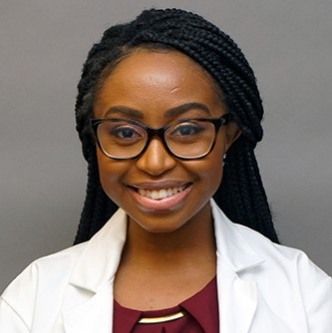
Cassie Hobbs, MD | Image Credit: The Warren Alpert Medical School, Brown University

In an oral abstract presentation at the American Society for Reproductive Medicine (ASRM) 2023 Scientific Congress & Expo in New Orleans, Louisiana, Cassie Hobbs, MD, of Women and Infants Hospital, Warren Alpert Medical School of Brown University, presented data on the racial and ethnic distribution of US sperm donor banks.
Hobbs explained that people who identify as racial or ethnic minorities often describe having a difficult time finding sperm donors that are concordant with their race, motivating the study.
The specific objective of the investigation was to determine whether the racial and ethnic distribution of US sperm donors differs from the demographics of the US male population and donor sperm recipients undergoing treatment with in vitro fertilization (IVF) or intracytoplasmic sperm injection (ICSI).
The data demonstrated a significant difference in the racial and ethnic distribution of sperm donors from the target demographic, prompting questions about acceptance rates of Black sperm donors compared with acceptance rates of White and Asian donors.
Data from 18 sperm banks comprising 1500 sperm donors with recorded racial information were analyzed over a two-year period. Additionally, information on individuals using donor sperm for IVF or ICSI was collected, and data on the adult male population was sourced from the US Census.
The findings revealed significant disparities in the racial and ethnic distribution of sperm donors compared with the general US population. Asian sperm donors were overrepresented, constituting 18% of the sample, compared with 5% of Asian males in the US population.
The representation of White donors (61%) closely mirrored the percentage of White males in the general US population (63%). However, there was a striking underrepresentation of Hispanic sperm donors, constituting just 5%, compared with the 70% of Hispanics in the broader population.
Additionally, the presence of Black individuals among sperm donors was notably low, falling below 3%, in contrast to their 11% representation in the broader US population.
Despite the low representation of Black individuals among sperm donors, there was a higher demand for Black donor sperm, with 13% of individuals using donor sperm for IVF or ICSI being Black. Hobbs noted this discrepancy highlights a concerning trend where the supply of racially diverse sperm does not meet the demand, particularly for African American or Black individuals.
“So, that’s how we came up with our ultimate conclusion that the racial and ethnic distribution of United States sperm donors differs significantly from the United States population, particularly for those of African American or Black descent,” Hobbs said in the presentation. “So really, we need either targeted recruitment or some type of education so that we can decrease this disparity and really make third-party reproduction accessible and equitable for all.”
The investigators recommend implementing measures to increase the availability of racially diverse sperm donors, ensuring that third-party reproduction methods like IVF and ICSI are accessible and equitable for individuals of all backgrounds. Addressing these disparities is crucial to providing inclusive reproductive options for all racial and ethnic communities.
Reference
Hobbs CL, Gadson AK, Sadikman S, et al. Desperate for donors: an investigation of the racial and ethnic disparities among donor sperm banks in the US. Poster presented at: ASRM Scientific Congress & Expo 2023; October 14-18, 2023; New Orleans, LA.





